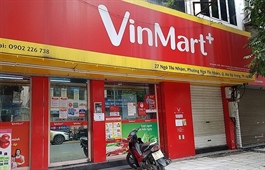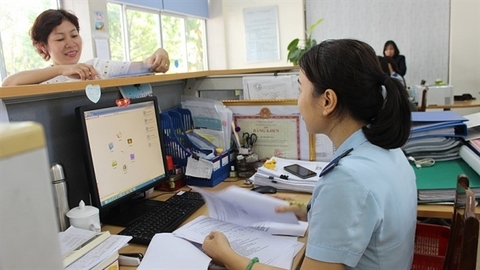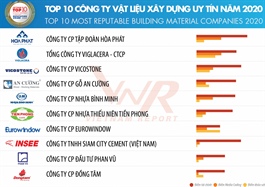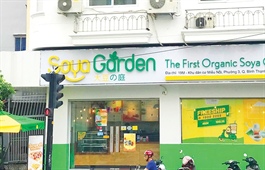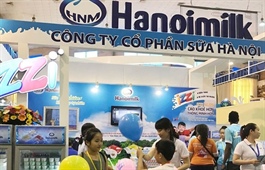Seminar discusses path to sustainable development for textile industry
Seminar discusses path to sustainable development for textile industry
Besides satisfying rules of origin prescribed in free trade agreements, Vietnamese firms must also follow global standards of corporate social responsibility to take advantage of tariff benefits brought by FTAs, a seminar heard in HCM Cityon Wednesday. 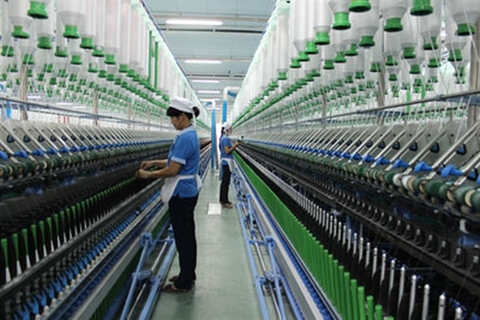
Nguyen Thi Tuyet Mai, vice secretary general of the Viet Nam Textile and Apparel Association, said garment and textile exports were worth US$38.89 billion last year, a year-on-year increase of 23 per cent.
But to achieve this, the country imported $22.37 billion worth of feedstock like fabric, yarn and cotton, she said.
“The EU-Viet Nam Free Trade Agreement, which will take effect in August, is expected to enable Vietnamese firms to boost exports to the bloc.”
Mai said: “Vietnamese garment and textile exports to the market now attract tariffs of 10-25 per cent. Therefore, with the lower tariff duties under the EVFTA, we will have more opportunities to boost exports.”
But to be able to get zero tariffs under the EVFTA, firms must meet “fabric forward” rules of origin and CSR standards, she said.
The country is still weak in the dyeing and fabric finishing phases, but local authorities discourage investment in dyeing because of environmental concerns, she said.
“There is a lack of specialised industrial parks for the textile sector with complete wastewater treatment systems.
“Almost all firms in the sector are small or medium-sized and so lack the resources to invest in ‘green’ dyeing plants.
“With the fabric-onward rules of origin, enterprises must change to survive.”
The Government must have policies to establish specialised industrial zones, solicit investment in infrastructure, especially general wastewater treatment systems using advanced technologies, and solicit investment in fabric making, weaving and dyeing in the zones, she said.
Tran Ngoc Liem, deputy director of the Viet Nam Chamber of Commerce and Industry’s HCM City branch, said since many countries still have their borders closed because of the ongoing Covid-19 pandemic, developing local sources of raw materials is an urgent need for the country.
This requires co-operation between various stakeholders in the sector.
Hoang Thi Thanh Nga, Sustainable Textile Programme manager at the World Wildlife Fund Vietnam’s HCM City office, said to take advantage of tariff exemptions and reductions under the EVFTA and CPTTP, Viet Nam needs to meet the rules of origin requirements for raw materials (fabric-forward or yarn-forward) and ensure environmental and social standards.
The EVFTA offers an opportunity for Vietnamese firms to develop fabric production, but this would cause pollution to increase if production technologies do not change.
The WWF and VITAS have implemented a project called Greening Viet Nam’s textile sector to transform it into a sustainable and environmentally responsible one, she said.
Global consumers are shifting their preferences towards environmental sustainability, and so more brands are committed to sustainability goals and set clear criteria for their supply chains, she said.
Textile enterprises increasingly heed the requirements of brands and seek to convert to clean energy and technologies to reduce production costs and develop sustainably in the long run, she said.
Mai said the labour productivity remains low, affecting the development of the sector, and this should be improved.
Currently Vietnamese firms mainly do sub-contracting work for foreign brands, earning low profits and adding little value, she said.
The sector must raise the capacity of its firms and persuade brands to place orders directly with local producers -- instead of going through trading companies -- and undertake orders on FOB basis to earn higher profits, she said.
The textile and garment industry is one of Viet Nam’s most important economically, with 6,800 firms and 2.8 million workers.






